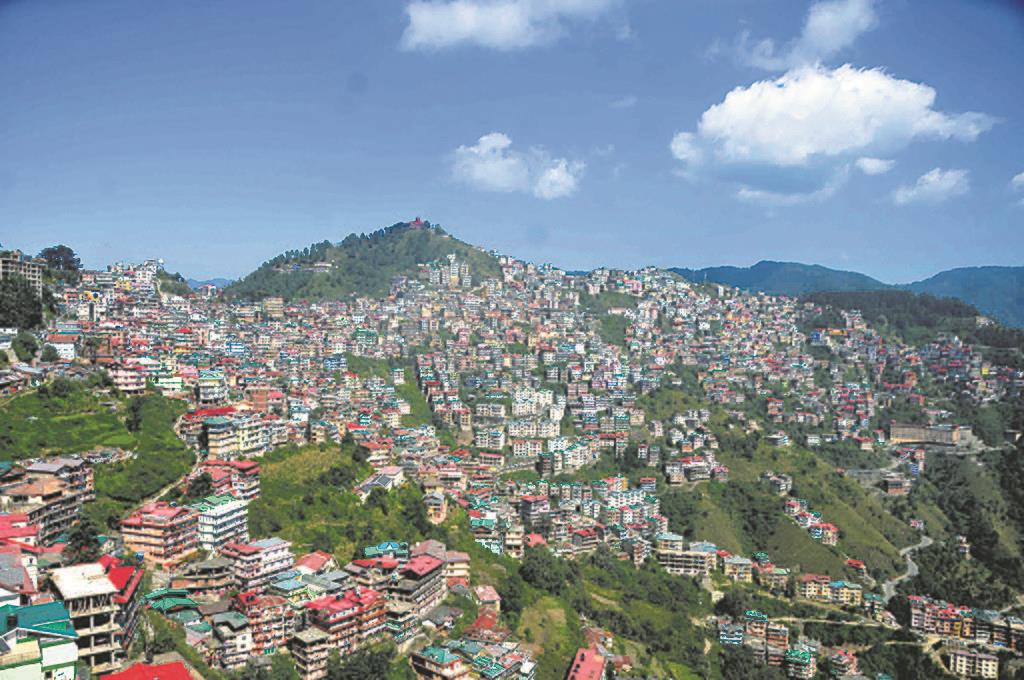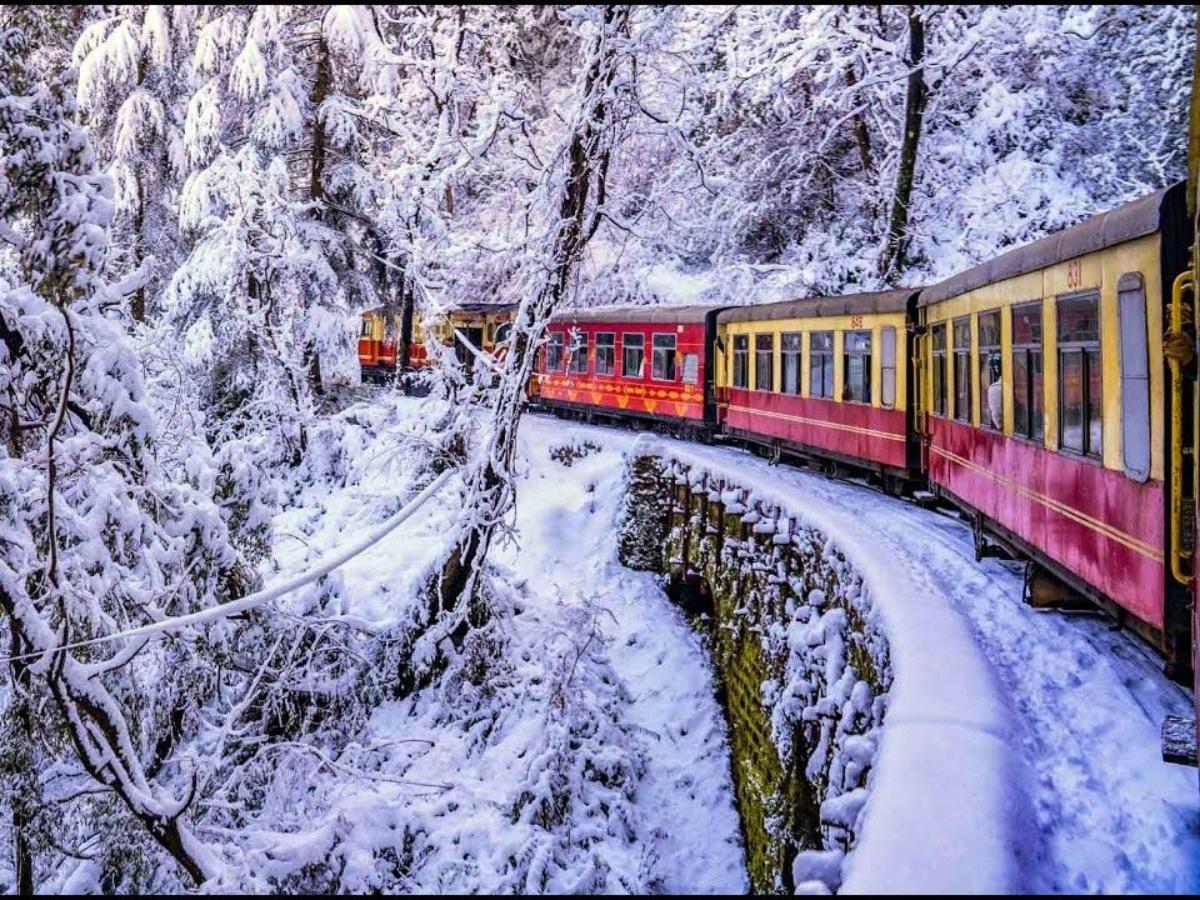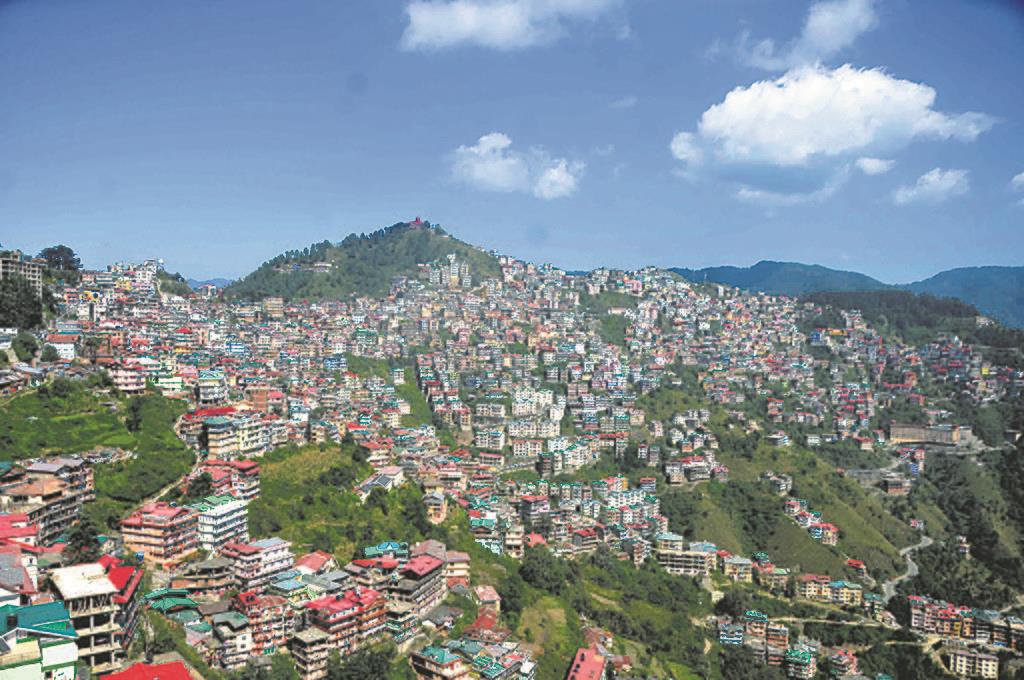
The air here is delicious, bracing, and healthy. Yes, we are talking about Shimla, the beautiful and stunning Himachal Pradesh capital every travel enthusiast should visit. The district gets its name from Shimla town which was a small village earlier. In its present form, the district of Shimla was formed on September 1, 1972, on the reorganization of all the districts of Himachal Pradesh.
History of Shimla
The history of Shimla dates back to the Anglo-Gurkha war period at the beginning of the 19th century. In 1804, the Gurkhas, after suffering a major defeat by the Sikhs, started to ravage the hills and states surrounding Shimla. They built several forts around the town, with the Jagatgarh fortress being one of the strongest posts.
According to some records, they lost thousands of people in the battle and many others. They also lost their lives. disease. , Began to destroy the states and hills around Shimla. The Gurkhas built many forts around Simla. Jagatgarh Fort is such a fort, it is the origin of modern Jutogh, adjacent to the famous military camp in Shimla. By 1808, the invaders had conquered all the strongholds between Jamuna and Satluj and had ruthlessly ruled the neighboring mountainous countries from their capital, Alki, until finally, people in miserable conditions sought the help of Great Britain.

A small British unit under the command of Major General “Sir David Octrony” was sent to liberate the people of the mountains from the Gurkhas. Most of the mountain chiefs joined the British Army in response to the call. The opponent fought the toughest battle at the 3750-foot Ramgarh Fort in Nalagarh. A decisive battle took place near the Marang Fortress, and the British superior artillery defeated the enemy.
The Battle of Marathon on May 15, 1815, ended the Gurkhas’ dream of ruling the land for a longer period of time. A few days later, the official statement stated that all chiefs who joined the British to expel the Gurkhas had restored their lands under British protection. The Maharaja of Patiala also provided valuable services to the British, and he obtained land near the area that now includes Shimla. After the Gurkhas were defeated, they were forced to sign the “Treaty of Sanchori.” The company retains the strategic fortresses of Sabathu, Kotgarh, Ramgarh, and Sandoch. Shimla district today consists of 19 former mountain states, mainly Barsen, Bushehr, Bahji and Coty, Dakoti, Taroch and Duddy, Kumhalson, Canetti With Dras, Dammi, Jubaal, Kitor, La Vingal, Latsh, Sangria. Bushehr is one of the oldest mountain states after Kashmir in the western Himalayas. According to a legend, the Bushahr dynasty was established by Lord Krishna’s son “Pradman”. It is said that to marry the daughter of the local Banasul chief in Sarahan, Pradman came to that place, who after meeting him in Banasul, became the chief of Bouchard and Kinnaul. Banasur has no children. According to C.F. Kennedy, Bushar was founded in 1412 by Deccan Rajput immigrant Danbar Singh.

In 1914, the British recognized Padam Singh as their legal heir and were crowned Raja of Rampur Bushahr. Finally, in March 1948, Rampur Bushahr became an integral part of Himachal Pradesh. Jubbal, one of Simla Mountain Manor, covers an area of 288 square miles. It was originally a tributary of Simor but became independent after the Gurkha War. Raja Karam Chand is the founder of Juba Country. After independence, Jubar merged with the Commonwealth of India and became part of Himachal Pradesh on April 15, 1948. At the time of the merger, Digg Vijay Singh was the ruler of the state. The Shimla District in its current form was born on September 1, 1972, following the reorganization of the districts of the state. After the reorganization, the old Mahasu district lost its entity and most of it merged with Shimla. The Shimla district is named after the city of Shimla, which is the district headquarters and is now the capital of Himachal Pradesh. Shimla district consists of 9 districts, 13 Tehsils, 12 Sub Tehsils, and 10 blocks.
By 1808, the Gurkhas has conquered all fortified posts between Satluj and Jamuna rivers and started their ruthless rule over the hill states in the neighboring areas. This was when the people there appealed to the British for help.
This was followed by a small British force being sent to liberate Shimla from the Gurkhas. This force followed the instructions of Major General Sir David Ochterlony resulting in a tough battle at the Ramgarh fort. During this battle, the top-quality guns of the British forces took over the enemy, and this was the end of the Gurkhas in Shimla.
Having served as the summer capital of the Britishers during their rule in India, Shimla now takes the position of serving as the Himachal Pradesh capital. It is visited by a large number of tourists every year for its exemplary beauty.

Leave a Reply